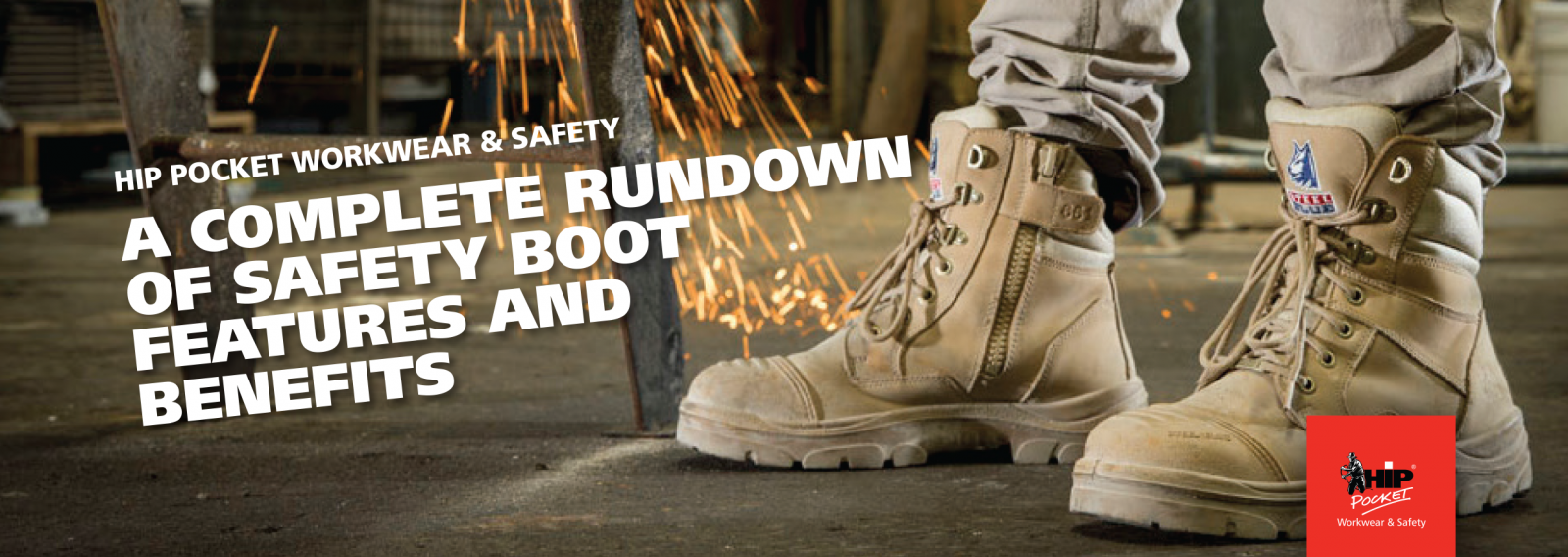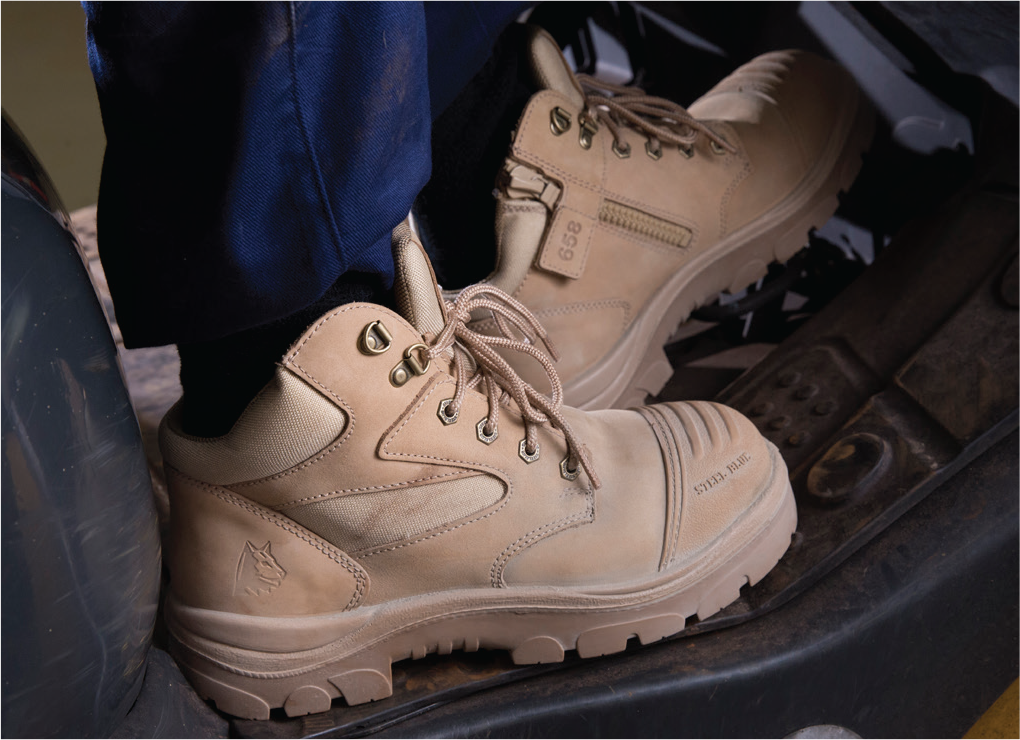
When To Replace Old Boots and Avoid Increased Injury Risk
Wearing old, worn out boots with compromised safety features and reduced support or grip can. Read More...

A good pair of work boots should provide comfort, support and protection but with so many options available, choosing the right pair for you and your job can be challenging.
The first things you should look for in your work boots is whether they are suitable for your job (they fit well and are fit-for-purpose) and whether they meet relevant Australian Standards.
Not only will this make you safer, but your boss will be happy. Employers are often frustrated by workers wearing inappropriate footwear on site that is not suitable for the job or is not compliant to Australian Standards.
The right pair of boots will reduce the risk of injury from hazardous objects, hot surfaces and chemicals, as well as blisters, slips, trips, falls or rolled ankles.
Here we take a look at some of the boot materials, sides, and soles on the market to help you pick a pair that is right for you.
MATERIAL
According to Steel Blue head of manufacturing, Dwayne Sewell, the design and material used in a boots’ upper is an important factor when deciding whether they’re fit for purpose in a particular occupation or industry.
In most boots, the upper is made of leather - such as fullgrain leather, nubuck or suede. Being a natural product, leather is breathable and resistant to tears, abrasion and extreme temperatures. However each type can have different properties, uses and price points.
FULL-GRAIN LEATHER
Full-grain leather is a premium material with a waxy finish. Its high strength, ease-of-cleaning and durability make it great for mechanics and tradies working with heavy machinery.
NUBUCK LEATHER
If you like suede but need something more durable, nubuck has you covered. Nubuck is made from top-grain leather which is tougher than suede, but has been buffed to give it that same velvety finish. This leather is better suited for general trades.

SOLES
As the only thing between you and the ground, workers need to consider the comfort, grip and strength along with the heat, chemical and electrical resistance of their boot’s sole to suit the work environment.
Steel Blue’s Head of Manufacturing, Dwayne Sewell recommends workers pick the right outsole for their trade.
“There are two types of soles available in the Steel Blue range, a Thermoplastic Urethane (TPU) outsole heat resistant to 130°C, and Nitrile (rubber), heat resistant to 300°C.” Sewell said.
NITRILE OUTSOLE
With heat resistance to 300°C, safety boots containing Steel Blue’s Nitrile Outsole are great for working in very hot conditions (such as remote mine sites or on asphalt and steel plates). They are also suitable for situations where the sole of your work boots may come into contact with hot objects, such as welding.

Wearing old, worn out boots with compromised safety features and reduced support or grip can. Read More...

Your feet are killing you. And it is probably your work boots that are doing it. While they . Read More...

Win a Steel Blue/Hip Pocket Bar Fridge – What a great way to start off 2021 with a brand-new. Read More...